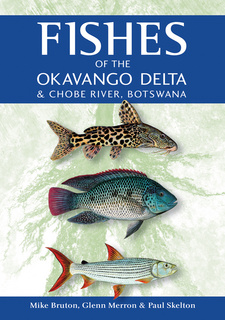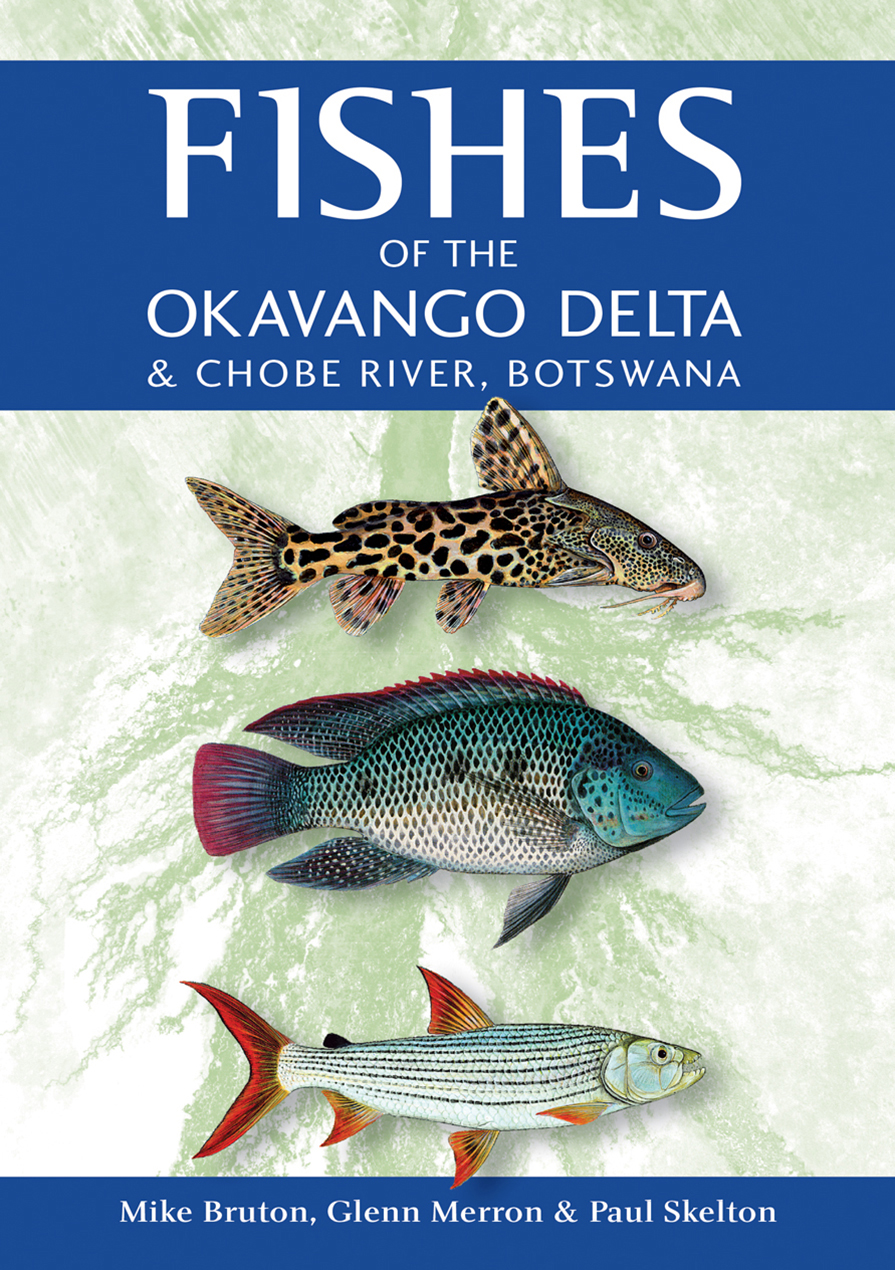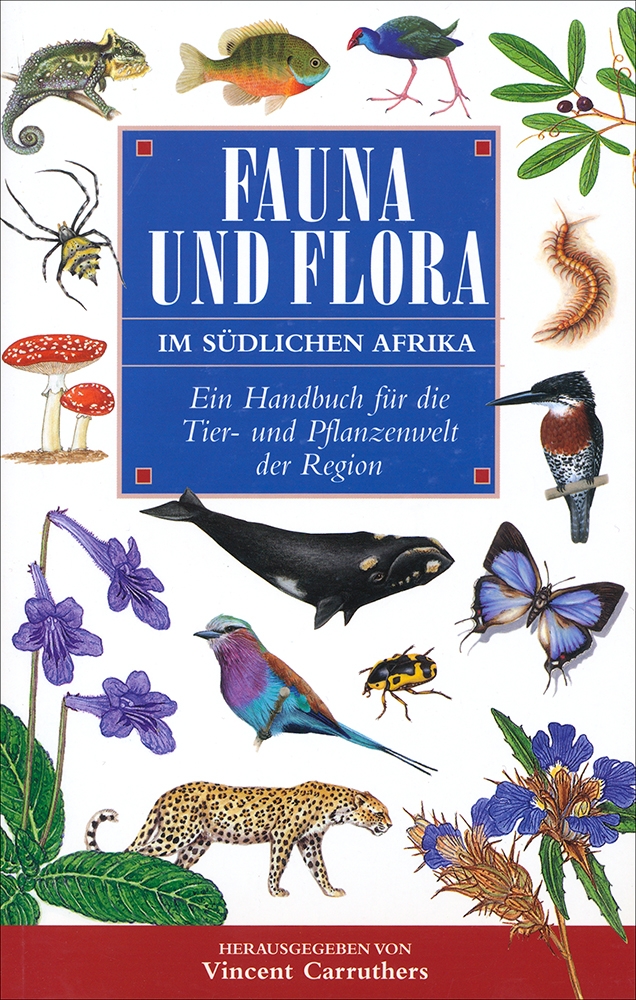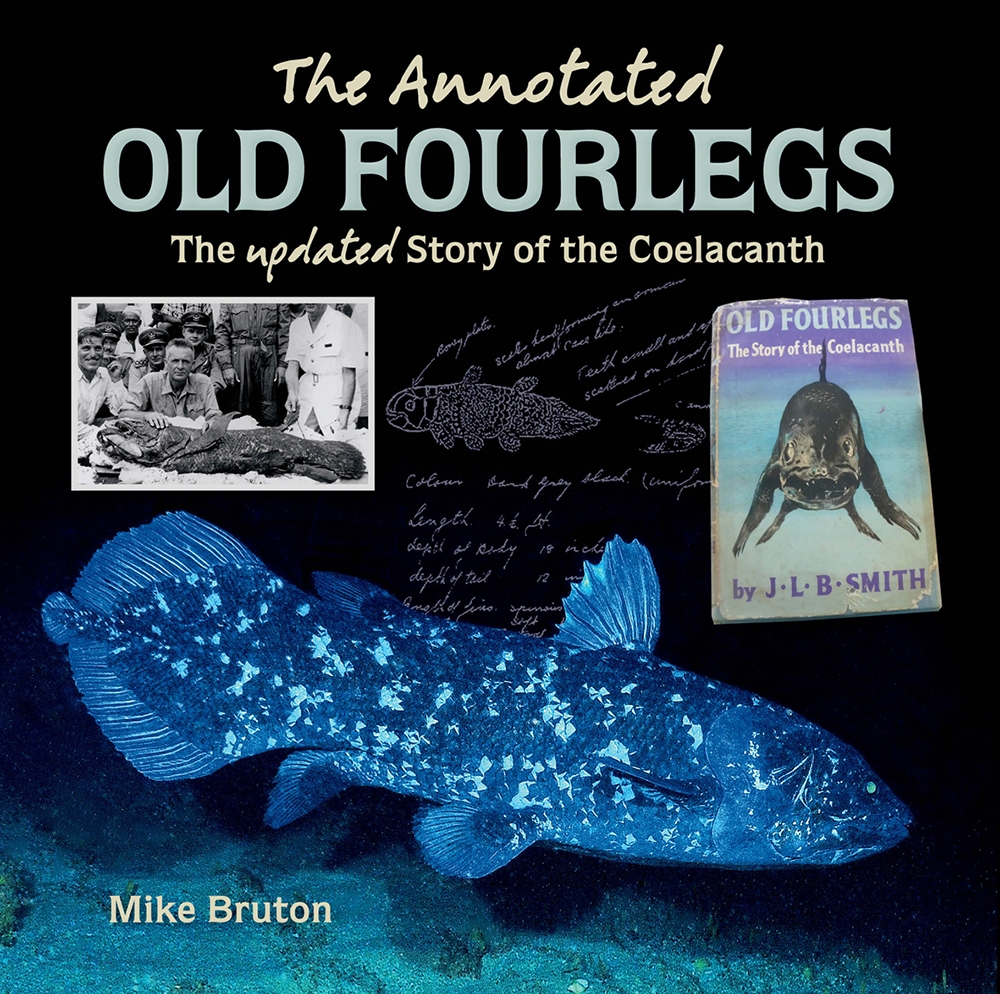Fishes of the Okavango Delta & Chobe River, Botswana, by Mike Bruton, Glenn Merron and Paul H. Skelton.

Fishes of the Okavango Delta & Chobe River, Botswana, by Mike Bruton, Glenn Merron and Paul H. Skelton. Penguin Random House South Africa. Imprint: Struik Travel & Heritage. Cape Town, South Africa 2018. ISBN 9781775845058 / ISBN 978-1-77584-505-8
Mike Bruton, Glenn Merron and Paul H. Skelton hope that in a hundred years visitors to the Okavango Delta will still be able to look into the crystal-clear waters and use "Fishes of the Okavango Delta & Chobe River, Botswana," to identify the diversity of fish species that live in this unique wetland wilderness, an oasis in the desert and a sanctuary for biodiversity.
An estimated 11,000 million cubic metres of water flows into the Okavango Delta in Botswana annually. This is augmented by a further 5,000 million cubic metres of local rainfall. Although over 90% of this water eventually evaporates in the desert, it is the lifeblood of the Okavango Delta, one of the most interesting and valuable wetlands in the world. With just 87 fish species, the Okavango Delta and Chobe River may not boast the diversity of some other African freshwater ecosystems, but they do have a very high diversity of families (15) and especially genera (39), particularly when compared with the African Great Lakes, which are dominated by one family (the cichlids) and just a few genera. This diversity is partly a consequence of the varied origins of the fishes: no fewer than 60 species recorded here are of tropical origin and reach their southern limit of distribution in the Okavango Delta or lower Kavango River. An additional 21 species extend further southwards, along the warm Mozambique Plain on the east coast, and into northern Zululand, while six species are distributed widely in southern Africa and extend northwards into the Chobe River, Okavango Delta and beyond. Thus, the Okavango Delta, Zambezi system and coastal rivers of southeast Africa comprise an important transitional zone between the tropical faunas to the north and the subtropical and subtemperate faunas to the south. The other key factor influencing the diversity of families and genera is the varied ecology and habitats provided by the Okavango Delta and Chobe River. The fish fauna of the two systems comprises minnows, yellowfishes and labeos (21 species, 24.1 % of the total), catfishes (20 species, 23%), cichlids (river breams, sargos, largemouth breams, halplochromines and tilapiines; 19 species, 21.8%) and snoutfishes (11 species, 12.6%). The catfishes include four mountain catfish species and sand catlets, six air-breathing catfishes, one claroteid catfish, eight squeakers and suckermouths, and one silver catfish.
Structure and ecology of the Okavango Delta in Botswana
The same geological processes that created the lakes and swamps of Africa's Great Rift Valley also produced the Okavango Delta, located at the valley's southern end. In the distant past the Kavango River flowed into the Indian Ocean, probably through the Limpopo River. The course of the lower Kavango River was later interrupted by the movement of tectonic plates, resulting in the formation of a vast inland delta. Such a delta does not reach the sea; instead, its waters evaporate or dissipate into the ground, as is the case for the Okavango Delta. The Kavango River originates in the highlands of Angola, where it is known as the Cubango, and travels for over 1,000 km before entering Botswana at Mohembo. The annual flood reaches Mohembo in February/March each year. The delta slopes very gently from north to south, with a gradient of about one metre in four kilometres. It is so flat that termite mounds are often the highest landforms, and copses of trees and eventually islands surrounded by floodwaters may form around them. There are very few surface rocks or stones in the delta: the entire Kalahari Basin is filled with windblown sand underlain, often at considerable depths, by volcanic or sedimentary rocks. The area is technically active, and the whole basin is therefore prone to earthquakes. (The last major quake in the Okavango Delta, in 1952, measured 6.7 on the Richter Scale, which is at the upper end of a 'strong' earthquake.) [...]
This is an excerpt from Fishes of the Okavango Delta & Chobe River, Botswana, by Mike Bruton, Glenn Merron and Paul H. Skelton.
Title: Fishes of the Okavango Delta & Chobe River, Botswana
Authors: Mike Bruton, Glenn Merron, Paul H. Skelton
Genre: Fish Guide
Publisher: Penguin Random House South Africa
Imprint: Struik Travel & Heritage
Cape Town, South Africa 2018
ISBN 9781775845058 / ISBN 978-1-77584-505-8
Softcover, 15 x 21 cm, 120 pages, colour and b/w illustrations
Bruton, Mike und Merron, Glenn und Skelton, Paul H. im Namibiana-Buchangebot
Fishes of the Okavango Delta & Chobe River, Botswana
An illustrated and comprehensive ichthyological guide to the freshwater fishes of the Okavango Delta and Chobe River of Botswana.
Fauna und Flora im südlichen Afrika
Fauna und Flora im südlichen Afrika: Ein sehr beliebtes Handbuch für die Tier- und Pflanzenwelt der Region.
The Annotated Old Fourlegs: The updated story of the coelacanth
The Annotated Old Fourlegs: The story of the coelacanth and brought up to date.



